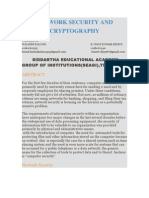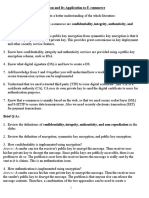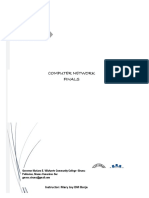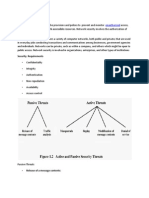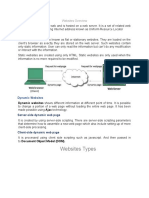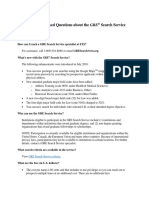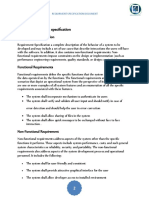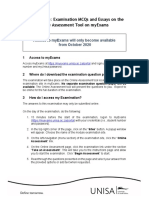0% found this document useful (0 votes)
71 views6 pagesInternet Security
The document discusses several topics related to internet security including protocols like IPSec and SSL that provide security at the network and transport layers. It also discusses common internet security threats such as malware, ransomware, hacking and phishing. Phishing is described as attempting to steal user's sensitive information by sending fraudulent emails appearing to be from legitimate sources. The document also summarizes encryption techniques including symmetric and public key encryption as well as hashing, digital signatures, and firewall security.
Uploaded by
nitCopyright
© © All Rights Reserved
We take content rights seriously. If you suspect this is your content, claim it here.
Available Formats
Download as DOCX, PDF, TXT or read online on Scribd
0% found this document useful (0 votes)
71 views6 pagesInternet Security
The document discusses several topics related to internet security including protocols like IPSec and SSL that provide security at the network and transport layers. It also discusses common internet security threats such as malware, ransomware, hacking and phishing. Phishing is described as attempting to steal user's sensitive information by sending fraudulent emails appearing to be from legitimate sources. The document also summarizes encryption techniques including symmetric and public key encryption as well as hashing, digital signatures, and firewall security.
Uploaded by
nitCopyright
© © All Rights Reserved
We take content rights seriously. If you suspect this is your content, claim it here.
Available Formats
Download as DOCX, PDF, TXT or read online on Scribd
/ 6


























